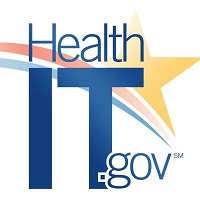 By Steven Posnack, M.S., M.H.S. & John Snyder
By Steven Posnack, M.S., M.H.S. & John Snyder
Twitter: @ONC_HealthIT
Steven’s Twitter: @HealthIT_Policy
In a recent blog post, we discussed the growing use of the Health Level 7 (HL7®) Fast Healthcare Interoperability Resources (FHIR®) standard. FHIR is just one tool in the toolbox helping improve the interoperability of health information, a goal of the 21st Century Cures Act (Cures Act).
We are excited to see the growing use of this standard – and the expectation that the U.S. is poised to catch FHIR in 2019. To support that growth, the Office of the National Coordinator for Health Information Technology (ONC) is now introducing “Inferno,” a FHIR-based testing suite supporting that level of enthusiasm. Inferno offers a rich and rigorous set of testing tools to help health IT developers make sure the FHIR standard is consistently implemented. This is especially critical for health IT developers releasing “FHIR servers.” These are the health IT systems from which innovative provider and patient-facing apps and other services will get health data.
Inferno has been designed to verify that developers’ FHIR servers meet the leading industry standards most often implemented as part of a FHIR deployment (e.g., Argonaut Implementation Guide, OAuth 2.0, Open ID Connect, and other best-practices contained in the SMART App Authorization Guide). It also includes some bells and whistles, such as testing for Dynamic Client Registration, and has a step-by-step approach for testing each of the standardized interactions needed for apps to register and securely connect to a FHIR server.
Better testing through Inferno is just one of the ways ONC is helping to advance application programming interfaces in support of the Cures Act’s goals.
Now that you’re all FHIR’d up too, go check out Inferno. And if you would like to check out the code (or even better contribute to Inferno’s code base) you can access it here on our code repository.
This post was originally published on the Health IT Buzz and is syndicated here with permission.
